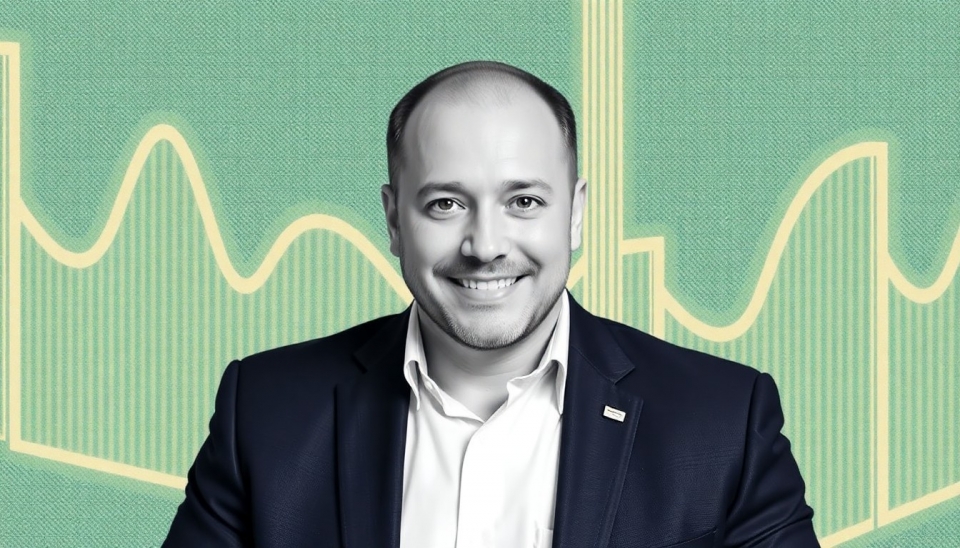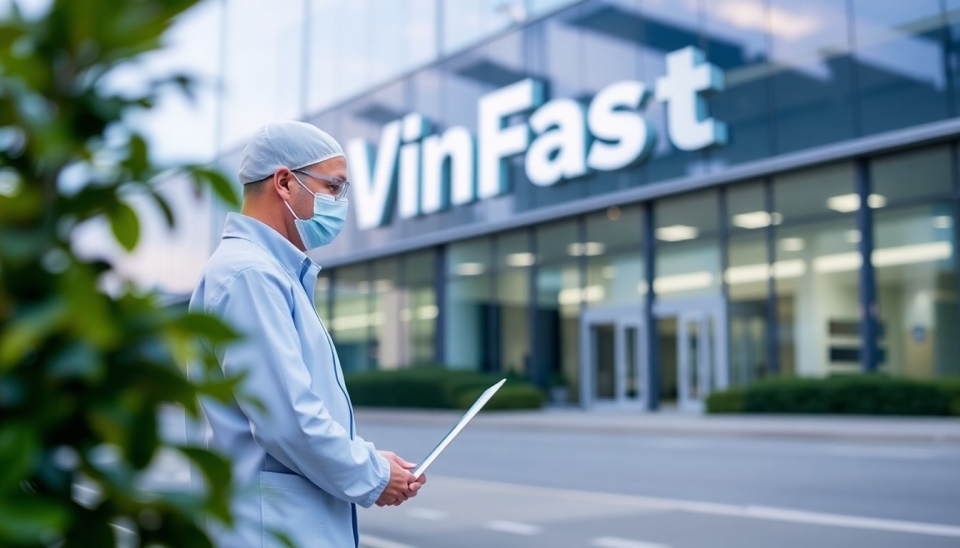
The courtroom drama surrounding Meta’s antitrust trial is delving deep into the potential ramifications of its acquisition of Instagram. Legal analysts, economists, and tech industry experts are now pondering a crucial question: Would Instagram have fared better as an independent entity, or was its integration into Meta’s vast ecosystem an inevitable success? This inquiry is at the heart of the case against Meta, as regulators seek to unravel the complexities of market dynamics in the social media landscape.
At the center of this legal showdown is a series of testimonies and analyses suggesting that the alternative history of Instagram could have diverged significantly had it not been acquired by Meta in 2012 for a staggering $1 billion. Early indications show that Instagram was on a trajectory of rapid growth, carving out its niche separate from larger social media platforms. The trial is set against the backdrop of accusations that Meta has stifled competition and innovation across its platforms, which include Facebook, WhatsApp, and, of course, Instagram.
Proponents of the notion that Instagram would thrive outside Meta argue that autonomy could have allowed for more innovative features and a distinct identity. Experts have proposed that under separate leadership, Instagram could have attracted a broader demographic, avoiding some of the criticisms regarding user privacy and content moderation associated with Meta’s broader corporate strategies.
On the other side of the argument, Meta’s legal team asserts that the integration of Instagram has significantly contributed to its growth and user engagement, claiming that its partnership with Facebook has provided invaluable resources, including access to advanced algorithms and technological infrastructure. They argue that the support structure allowed Instagram not only to evolve but to also become a major player in the advertising industry within a shorter timeframe, propelling its valuation and user base to new heights.
Interestingly, the trial has also opened a window into Instagram's early days. Surveillance of its performance metrics is revealing. During its tenure as an independent app prior to acquisition, Instagram was rapidly gaining traction; however, it lacked the advertising revenue necessary for substantial investment in development and expansion. As such, while the hypothetical scenario of an independent Instagram presents intriguing possibilities, the fiscal realities of the tech space render it a complicated narrative.
As the trial progresses, various experts and industry witnesses will contribute their insights, adding layers of complication to the debate. Would a standalone Instagram have faced the formidable challenges of scaling its user engagement without Meta’s deep pockets? Or would it have sparked innovations that could have disrupted the status quo of social media platforms as we know it today? This trial doesn’t just seek to investigate Instagram’s past but also seeks to inform future regulations concerning acquisitions and market power in the tech industry.
The implications of this case extend beyond just Instagram and Meta; it is expected to set a precedent for how tech giants are regulated when it comes to acquisitions that could potentially harm competition. As regulators continue their pursuit of fairness and equity in the digital marketplace, the outcomes of this trial could reshape the landscape of the industry for years to come.
In conclusion, the ongoing Meta antitrust trial presents an intricate examination of social media evolution, innovation, and regulatory foresight. As the courtroom becomes a focal point for discussions on competition and market practices, all eyes are on the verdict that could redefine the boundaries of tech acquisitions in the future.
#MetaTrial #Instagram #Antitrust #SocialMedia #TechNews
Author: Emily Collins




